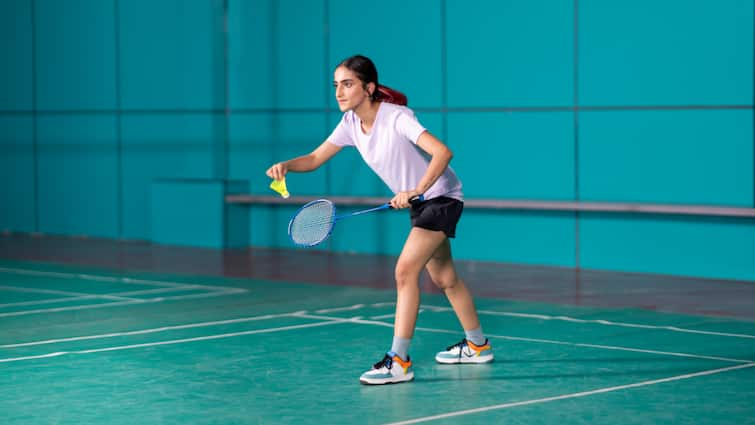(By Dr Michelle Rozario)
Behind the medals and records lies a reality that is often overlooked—the health challenges faced by women are not always the same as those faced by men. Understanding these unique risks is the first step to ensuring that women in sport can thrive safely and sustainably.
ALSO READ: Digestive Discomfort? Avoid These Common Foods With Milk To Prevent Stomach Problems
Anatomical And Musculoskeletal Risks
Female athletes are naturally predisposed to certain injuries because of anatomical and hormonal differences.
- ACL injuries: Women are up to eight times more likely to suffer anterior cruciate ligament (ACL) tears. A wider pelvis, greater joint laxity, and hormonal influences contribute to this vulnerability.
- Runner’s Knee (Patellofemoral Pain): This chronic knee pain is three times more common in women, often linked to pelvic alignment and biomechanics.
- Shoulder Instability: Higher ligament flexibility makes shoulder dislocations more frequent, sometimes even without direct trauma.
- Concussions: Evidence suggests that women may not only sustain concussions more frequently but also experience more severe symptoms compared to men.
Energy, Nutrition, And Hormonal Health
One of the most significant health concerns in female sports is Relative Energy Deficiency in Sport (RED-S), formerly known as the Female Athlete Triad.
- RED-S: When energy intake doesn’t match energy expenditure, athletes face menstrual irregularities, weakened bones, reduced immunity, and chronic fatigue.
- Amenorrhea: Up to 69% of endurance athletes report missing periods due to overtraining and under-fuelling.
- Iron-Deficiency Anemia: Because of menstrual blood loss and training demands, female athletes are more prone to fatigue caused by anemia.
- Micronutrient Gaps: Low levels of calcium, vitamin D, folic acid, and magnesium can affect bone health and metabolism.
A well-balanced diet, adequate protein intake (1.2–2 g/kg body weight), and regular checks for iron and vitamin D are essential for sustainable performance.
Bone Health And Recovery
Fragile bones remain a silent but serious threat. Some common bone injuries are:
- Stress Fractures: Particularly common among runners and gymnasts, often linked to RED-S.
- Osteopenia & Osteoporosis: Long-term nutritional deficits lead to irreversible bone damage.
- Recovery Demands: Women may require 20% more calories post-injury to ensure optimal healing.
Psychological Stress And Sociocultural Pressures
The pressures on women in sport are not just physical.
- Eating Disorders: Gymnastics, figure skating, and running see higher rates of restrictive eating.
- Anorexia Athletica: A performance-driven compulsion to undereat and overtrain.
Coaches, families, and peers must normalize conversations around mental health, nutrition, and menstruation, and ensure access to confidential psychological support. Holistic Clinical Monitoring are essential.
Dr Michelle Rozario is Consultant Gynaecologist at Holy Family Hospital, Bandra
[Disclaimer: The information provided in the article, including treatment suggestions shared by doctors, is intended for general informational purposes only. It is not a substitute for professional medical advice, diagnosis, or treatment. Always seek the advice of your physician or other qualified healthcare provider with any questions you may have regarding a medical condition.]
Check out below Health Tools-
Calculate The Age Through Age Calculator



